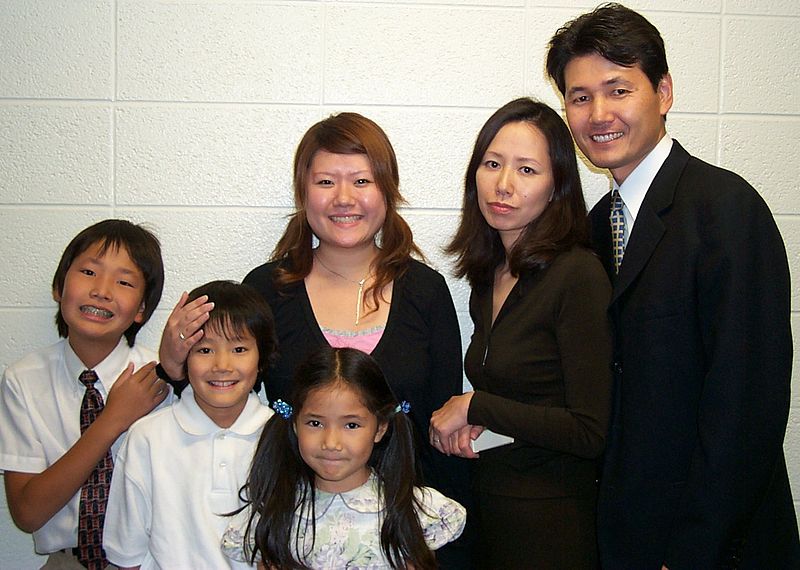Japanese martial arts have long captivated the world with their blend of discipline, philosophy, and physical prowess. From the ancient samurai traditions to modern global practices, these martial arts offer a deep insight into Japan’s cultural and historical evolution. In this article, we will explore the rich history and practices of Japanese martial arts, highlighting their significance in both traditional and contemporary contexts.
The Origins of Japanese Martial Arts
The roots of Japanese martial arts trace back to the feudal era, when the samurai class dominated Japanese society. These warriors were not only skilled in combat but also adhered to a strict code of conduct known as bushido, which emphasized loyalty, honor, and self-discipline. The need for effective combat techniques led to the development of various martial arts, many of which are still practiced today.
During the late Heian period (794-1185), the foundation for many martial arts was laid. However, it was during the Sengoku period (1467-1603) that these arts truly flourished due to the constant warfare. This era saw the establishment of numerous schools (ryūha), each with its unique techniques and philosophies. These schools would later become the basis for the modern martial arts we know today.
The Evolution of Koryū and Modern Martial Arts

Koryū, or “old styles,” refers to the traditional martial arts developed during the feudal era. These arts were primarily used in combat and were passed down through generations. Some notable examples include Kenjutsu (swordsmanship), Jūjutsu (grappling), and Kyūjutsu (archery). These disciplines were not just about physical combat; they also incorporated spiritual and philosophical elements, reflecting the samurai’s way of life.
In contrast, modern martial arts such as Karate, Judo, and Kendo emerged in the 20th century. These arts were influenced by the Koryū but adapted to fit the needs of a more peaceful society. For instance, Karate focuses on striking techniques, while Judo emphasizes throws and grappling. Kendo, on the other hand, uses bamboo swords and protective gear, emphasizing discipline and mental focus.
Key Martial Arts and Their Unique Features

There are numerous Japanese martial arts, each with its own distinct characteristics. Here are some of the most well-known:
- Karate: Originating from Okinawa, Karate emphasizes punches, kicks, and strikes. It is known for its focus on discipline and respect.
- Judo: Developed in Japan, Judo is a grappling art that uses an opponent’s strength against them. It is ideal for those interested in ground fighting and self-defense.
- Kendo: The “Way of the Sword” involves using bamboo swords and protective armor. It promotes mental discipline and physical training.
- Aikido: A martial art that focuses on harmony and redirection of an opponent’s energy. It is known for its fluid movements and non-aggressive approach.
- Iaijutsu: The art of drawing the sword quickly to strike. It is often practiced for its meditative and spiritual aspects.
Each of these martial arts has its own unique philosophy and training methods, making them appealing to a wide range of practitioners.
The Role of Martial Arts in Japanese Culture

Martial arts play a significant role in Japanese culture, influencing not only physical training but also mental and spiritual development. Many practitioners view martial arts as a way to cultivate discipline, focus, and inner peace. The principles of bushido continue to resonate within these practices, reminding individuals of the importance of honor and perseverance.
Moreover, martial arts have been instrumental in shaping Japan’s national identity. They are often associated with the samurai, who were revered for their bravery and skill. Today, martial arts are celebrated not only in Japan but also around the world, with many practitioners seeking to understand and preserve these traditions.
The Global Influence of Japanese Martial Arts

Japanese martial arts have gained international recognition, with practitioners from all over the world embracing these disciplines. The popularity of martial arts like Karate and Judo has led to the establishment of numerous schools and organizations dedicated to their practice.
In addition, martial arts have played a role in popular culture, appearing in films, television shows, and video games. This exposure has further increased interest in these disciplines, attracting new practitioners and fostering a global community of martial artists.
Conclusion
Japanese martial arts represent a rich tapestry of history, culture, and philosophy. From the ancient samurai traditions to the modern global practices, these arts continue to inspire and educate. Whether you are a seasoned practitioner or a curious beginner, exploring the world of Japanese martial arts offers a unique opportunity to connect with a legacy that spans centuries.
As we look to the future, it is essential to preserve and promote these traditional practices, ensuring that they remain relevant in an ever-changing world. By understanding the history and significance of Japanese martial arts, we can appreciate the values they embody and the impact they have on individuals and communities alike.
Stay updated with the latest news on Japanese martial arts and their global influence. Explore today’s headlines and discover how these ancient practices continue to shape our world.










More Stories
US Trending News: The Amanda Kelly Story
US Trending News: What You Need to Know About the Baby Bar Exam
US Trending News: What You Need to Know About the Bar Exam